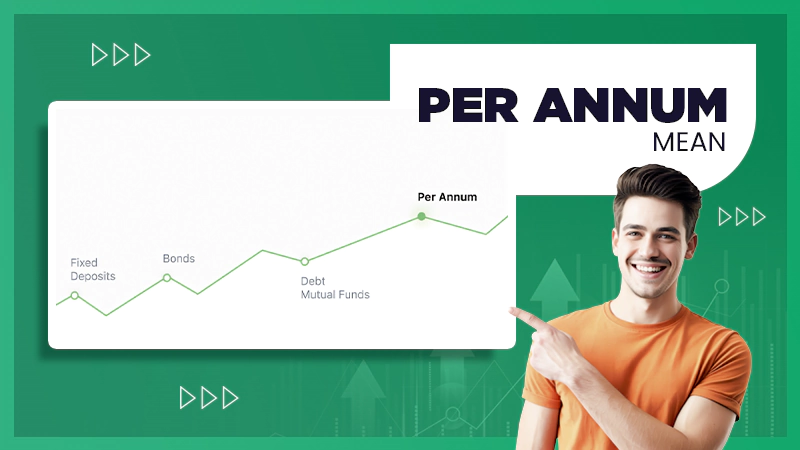Cost accounting plays a significant role in managing investment portfolios. By making use of this accounting activity, shareholders can see the key insights for making informed financial decisions. Moreover, it helps to analyze the cost structures, identify inefficiencies, evaluate the overall profits, and get a better understanding of the company’s financial status.
Other than this, cost accounting in managing investment portfolios acts like a tool to measure and review risk at different levels. Read ahead to learn how the cost accounting feature acts like a strategic asset for optimizing portfolios.
So without any further ado, let’s get started!
Understanding Portfolio Costs and the Basics of Futures Trading
When it comes down to managing a portfolio, understanding the cost basis isn’t just a good practice; instead, it’s an essential standard of conduct to achieve long-term success. Oftentimes, many investors overlook the operational costs related to holding assets and trading instruments; this is where cost accounting comes into play by bringing all those little details into focus.
Moreover, it plays a big role in the realm of future trading. This is because cost accounting can help clarify the business effects of a futures long vs short position. Furthermore, going long on a future implies you believe that an asset will increase in value, whereas shorting indicates the opposite.
Both these positions have different cost structures and margin requirements, and understanding these costs allows you to determine whether the trade fits as per your risk profile and return objectives.
Budgeting for Investment Success
Every investment strategy requires a dedicated budget plan, which is set on cost accounting principles. These plans often serve as a powerful tool as they map out the difference between the expected and the actual investments, giving all investors a clear pathway for capital allocations.
The second you understand where your money is going across sectors, geographies, and asset classes, you can easily allocate funds to individual things more attentively. You can also make use of the APY calculator to see the annual percentage yield that reflects the real rate of return.
Whether you are investing in savings vehicles, bonds, or DeFi instruments, these calculators allow you to evaluate the entire earning potential of each asset. Moreover, by combining significant cost accounting with tools like the APY calculator, investors can see the project’s future value and their budget while ensuring that each asset contributes positively to the portfolio.
The Connection Between Cost Accounting and Risk Management
Effective risk management allows a wide set of diversifications; it’s about anticipating where and how costs might spiral out of control. Moreover, cost accounting introduces a structured approach to track direct and indirect investment expenses.
To help investors identify and mitigate financial stress points before they become major issues. For instance, a certain asset consistently incurs high maintenance fees or underperforms despite strong market conditions. Moreover, cost accounting would highlight this inefficiency, prompting a reevaluation or potential exit.
Tracking Performance Over Time
Evaluating portfolio performance shouldn’t rely solely on market returns. Cost accounting introduces the ability to track how much each dollar earned actually costs in terms of expenses, time, and opportunity.
Long-term investors, especially those who are managing multi-asset portfolios, benefit from seeing both gross and net returns. Furthermore, tracking performance over time using the cost accounting insights will reveal which assets consistently perform and which usually drop below the average.
This kind of long-term perspective allows finance professionals to refine strategies, decide rebalancing schedules, and even time exits.
Organizing Details with Business Bookkeeping
Behind every high-performing investment portfolio lies a well-organized system of managing data. To do this, business bookkeeping comes into play; it helps financiers learn the transparency and order of their financial records.
With the help of proper bookkeeping, investors can easily divide their dividends received, capital gains, fees paid, interest earned, and tax obligations. Moreover, it supports the audit trail that is needed for compliance, whether it’s for reporting taxes to authorities or preparing a financial overview of the operations.
The Bigger Picture of Accountability and Growth
Cost accounting is much bigger than measuring costs; it actually enforces accountability. For an investor, having a conscious mindset allows them to take every decision with an understanding of impact and trade-off.
In the long term, these traders can systematically evaluate their cost structures by eliminating inefficient operations and increasing high-margin opportunities to stay ahead of competitors. The entire concept of cost accounting is more than minimizing costs; it is about reallocating resources towards smarter investments.
Further, incorporating cost accounting principles allows organizations to promote financial discipline. Moreover, it pushes investors to calculate and evaluate the true cost of their choices while improving both strategy and execution.
Final Thoughts
Cost accounting is one of the most important yet often overlooked fundamentals of portfolio management. It highlights hidden costs, enhances budget efforts, strengthens risk management, and improves overall performance tracking.
So, whether you are speculating on the future, using an APY calculator for measuring returns, or maintaining a clear record through business bookkeeping, the core principle is exercising transparency, which can be practiced by incorporating cost accounting in your portfolio management strategies.







